Property Talk: How the property market has changed in the three years since the Pandemic
A raft of new data hit the housing market this week, from a big picture analysis of the market since Covid to numbers which show the biggest annual drop in over a decade and buyers slashing prices. But are things are now getting back on to a more solid footing, as some suggest? Annabel Dixon makes sense of it all.


How the pandemic shifted the UK property market
Biggest annual drop since 2012 — but latest anecdotal evidence shows solid market activity
Buyers ‘have more choice, are taking longer and negotiating harder’
House prices are a popular talking point, aren’t they? We talk about them with people we’re passing the time of day with in the street, with colleagues in the office, with family and friends (they were hotly debated among grown-ups at a children’s party I went to recently). And we often focus on what’s happening to house prices now and what could lie ahead. But it’s worth looking back too, particularly after the last three years.
And that’s what Halifax have done in a new report released this week. When Covid hit, initial fears in the early weeks were that the property market would grind to a halt. Instead, the opposite happened: the so-called ‘race for space’ charged up the entire market, and helped to push the average price of a detached house up by more than £100,000 in five regions of the UK.
‘The pandemic transformed the shape of the UK property market,’ says Kim Kinnaird, mortgages director for Halifax, one of Britain’s biggest lenders. ‘And while some of those effects have faded over time, it’s important we don’t lose sight of the huge step change seen in average house prices.’
Since the start of the pandemic, average UK house prices have shot up by 20.4%, equivalent to £48,620. This compares with a 7.8% increase, or £17,158, during the previous three years, according to Halifax.
Wales recorded the strongest house price growth of any region between January 2020 and December 2022, climbing by 29.3% (£49,227). And in cash terms, the south east of England saw the biggest hike, rising by £69,224 (21.3%).
‘Higher entry point’
Of course, people leaving London in search of better value for money is not a new trend. But the pandemic turbo-charged this levelling-up process for UK house prices, though it’s worth pointing out (as Tom Bill, head of UK residential research at Knight Frank has) that demand was initially skewed towards more picture-postcard locations and larger properties.
‘Heightened demand created a much higher entry point for bigger properties right across the country, and that impact is still being felt today by both buyers and sellers, despite the market starting to slow overall,’ adds Kinnaird.
Sign up for the Country Life Newsletter
Exquisite houses, the beauty of Nature, and how to get the most from your life, straight to your inbox.
‘Taking detached houses as an example, average prices remain some 25% higher than at the start of 2020. Even if those values were to fall by 10%, they would still be around £50,000 more expensive than before the pandemic.’
Sellers cutting prices by almost 5%
Separate data this week reveals how recent house price gains are now being eroded as property is now, in general, a buyers’ market.
Sellers are discounting asking prices by an average 4.5% — equivalent to £14,100 — to bag a sale. It’s the largest asking-to-achieved price gap for five years, says Zoopla. It means that sellers are forgoing, on average, a third of their pandemic house price gains: according to the property portal, the average UK home increased in value by £42,000 during the pandemic.
Zoopla’s executive director, Richard Donnell, explains: ‘Many homeowners are sitting on sizable house price gains made over recent years and have more room to be flexible accepting offers below the asking price.
‘Discounts to asking price have widened and while 4.5% discounts are manageable, if these were to widen further then this would point to a greater likelihood of larger house price falls.’
Biggest year-on-year price fall since 2012 — but sales looking solid
House price indices vary, but there’s little shying away from monthly prices stalling and falling. Fresh Nationwide data shows that values dropped by 0.5% in February. It’s the sixth monthly fall in a row, leaving house prices 3.7% below their peak last August. Meanwhile, house prices are down 1.1% year-on-year. It’s the first annual fall since June 2020 — and the biggest annual decrease since 2021.
Knight Frank’s Tom Bill suggests that this figure may not tell the whole story.
‘While most of the economy has moved on from the mini-Budget, the hangover is longer for the UK housing market. It has led to a mismatch between the most recent anecdotal evidence and the latest data,’ says Bill.
‘While last month saw the steepest annual house price decline in more than ten years, activity has been solid so far this year as buyers and sellers adapt to higher mortgage rates.’
Jeremy Leaf, north London estate agent and a former RICS residential chairman, adds: ‘These comprehensive and widely respected figures [from Nationwide] reiterate continuing worries about interest rates and inflation, which are keeping prices in check.
‘However, the market is definitely not in free-fall. On the ground, we are seeing more listings and protracted sales so buyers have more choice, are taking longer and negotiating harder when making offers.’

Credit: Strutt and Parker
Best country houses for sale this week
An irresistible West Country cottage and a magnificent Cumbrian country house make our pick of the finest country houses for
-
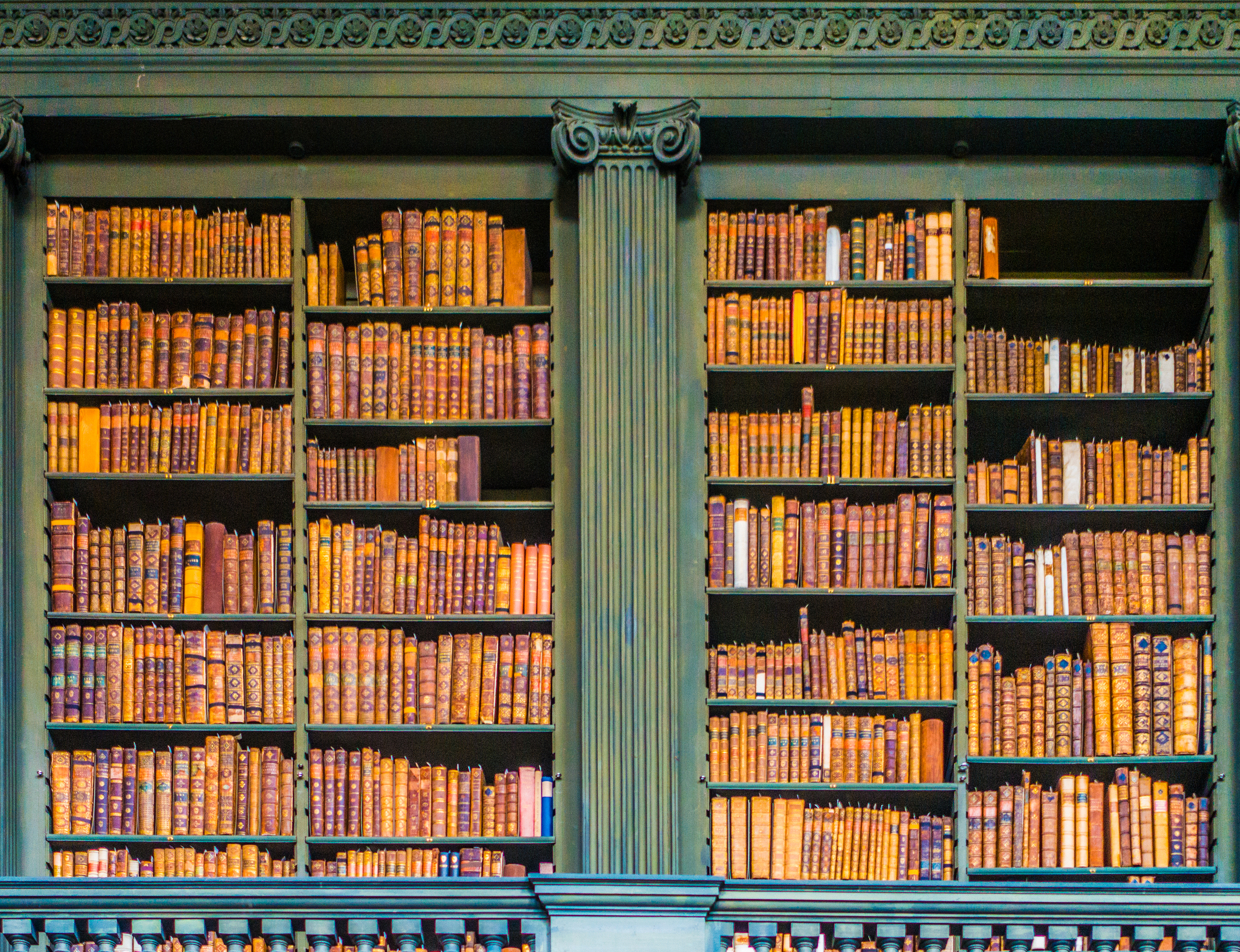 'To exist in this world relies on the hands of others': Roger Powell and modern British bookbinding
'To exist in this world relies on the hands of others': Roger Powell and modern British bookbindingAn exhibition on the legendary bookbinder Roger Powell reveals not only his great skill, but serves to reconnect us with the joy, power and importance of real craftsmanship.
By Hussein Kesvani Published
-
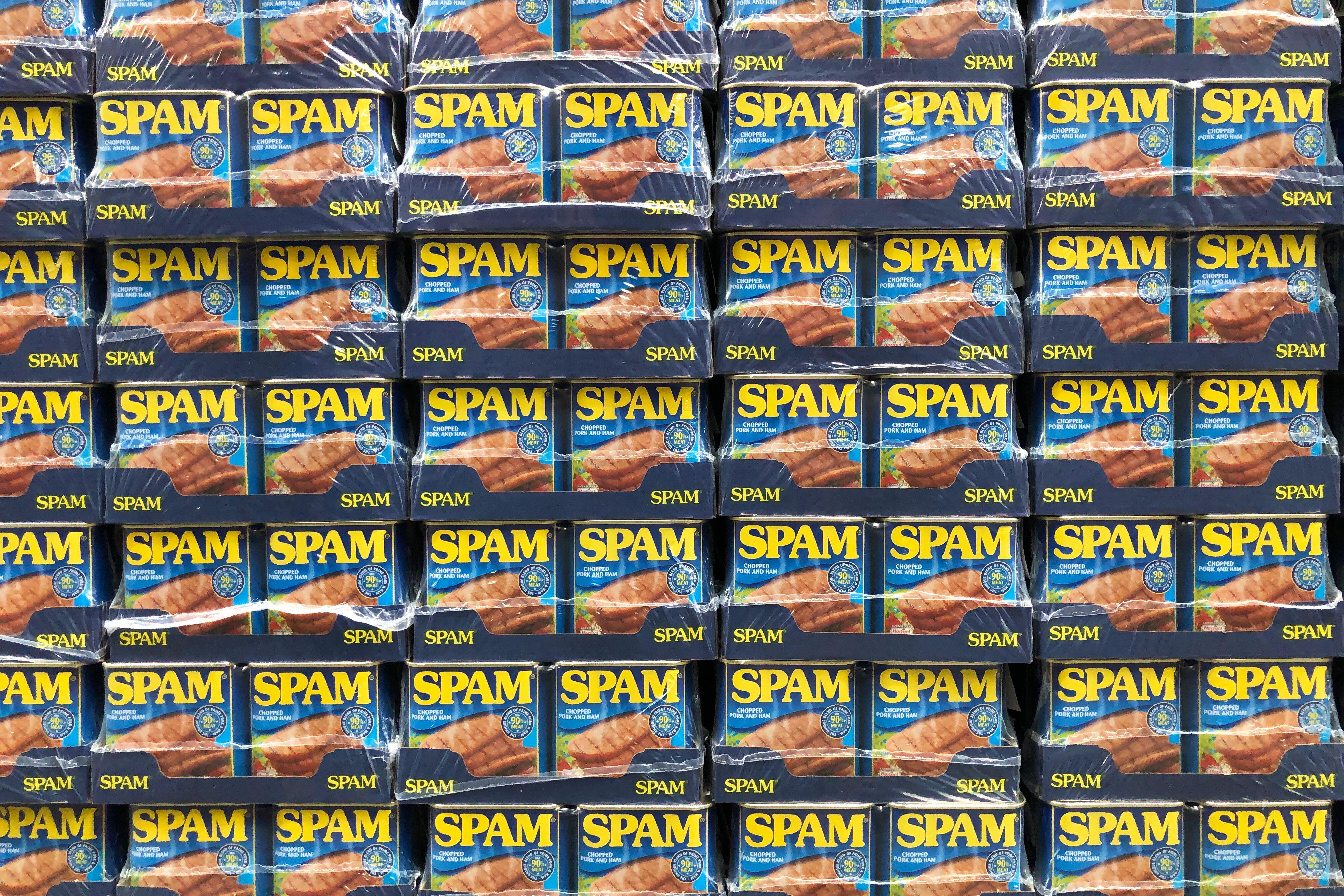 Spam: The tinned meaty treat that brought a taste of the ‘hot-dog life of Hollywood’ to war-weary Britain
Spam: The tinned meaty treat that brought a taste of the ‘hot-dog life of Hollywood’ to war-weary BritainCourtesy of our ‘special relationship’ with the US, Spam was a culinary phenomenon, says Mary Greene. So much so that in 1944, London’s Simpson’s, renowned for its roast beef, was offering creamed Spam casserole instead.
By Country Life Last updated
-
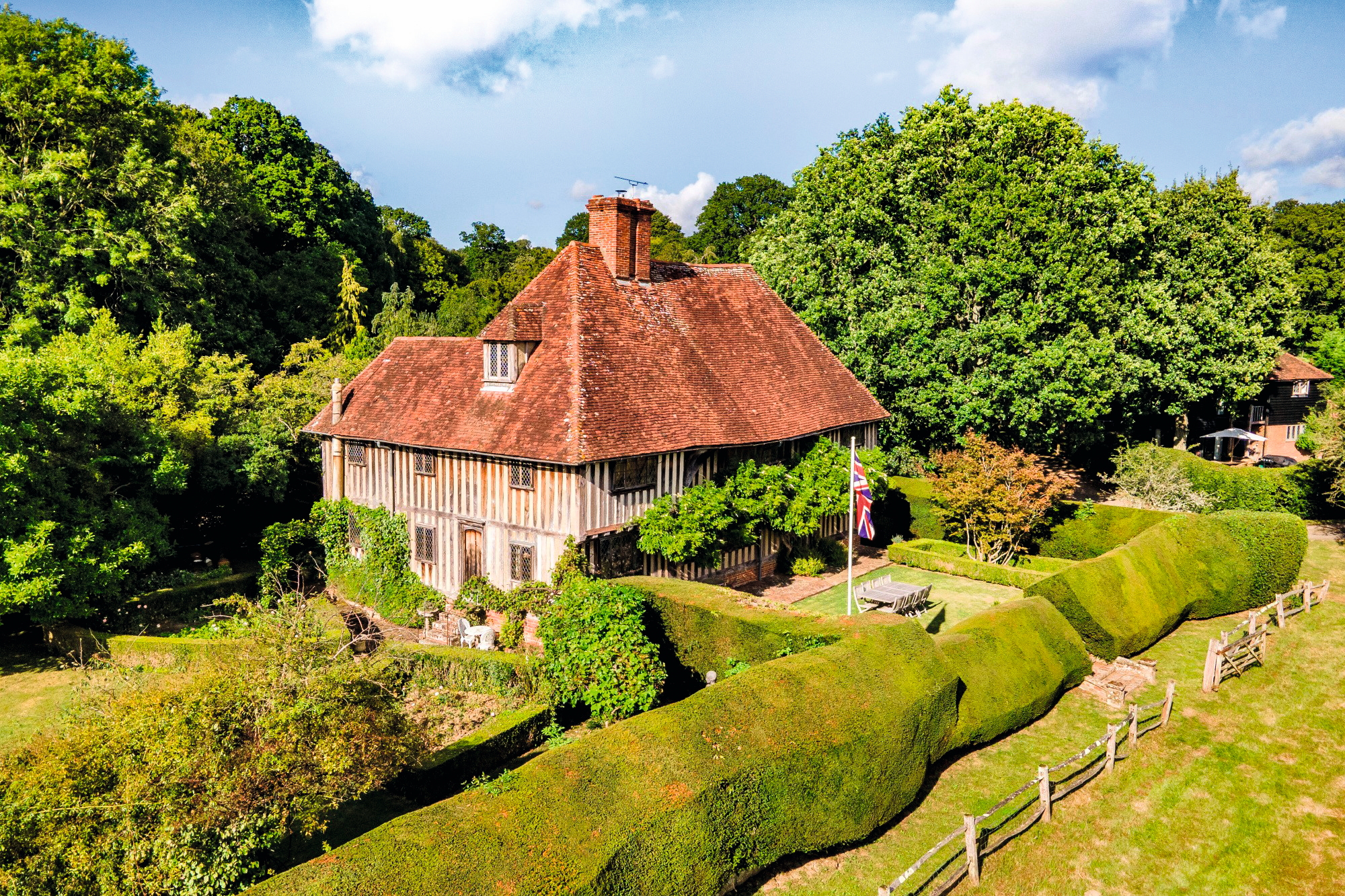 A mini estate in Kent that's so lovely it once featured in Simon Schama's 'History of Britain'
A mini estate in Kent that's so lovely it once featured in Simon Schama's 'History of Britain'The Paper Mill estate is a picture-postcard in the Garden of England.
By Penny Churchill Published
-
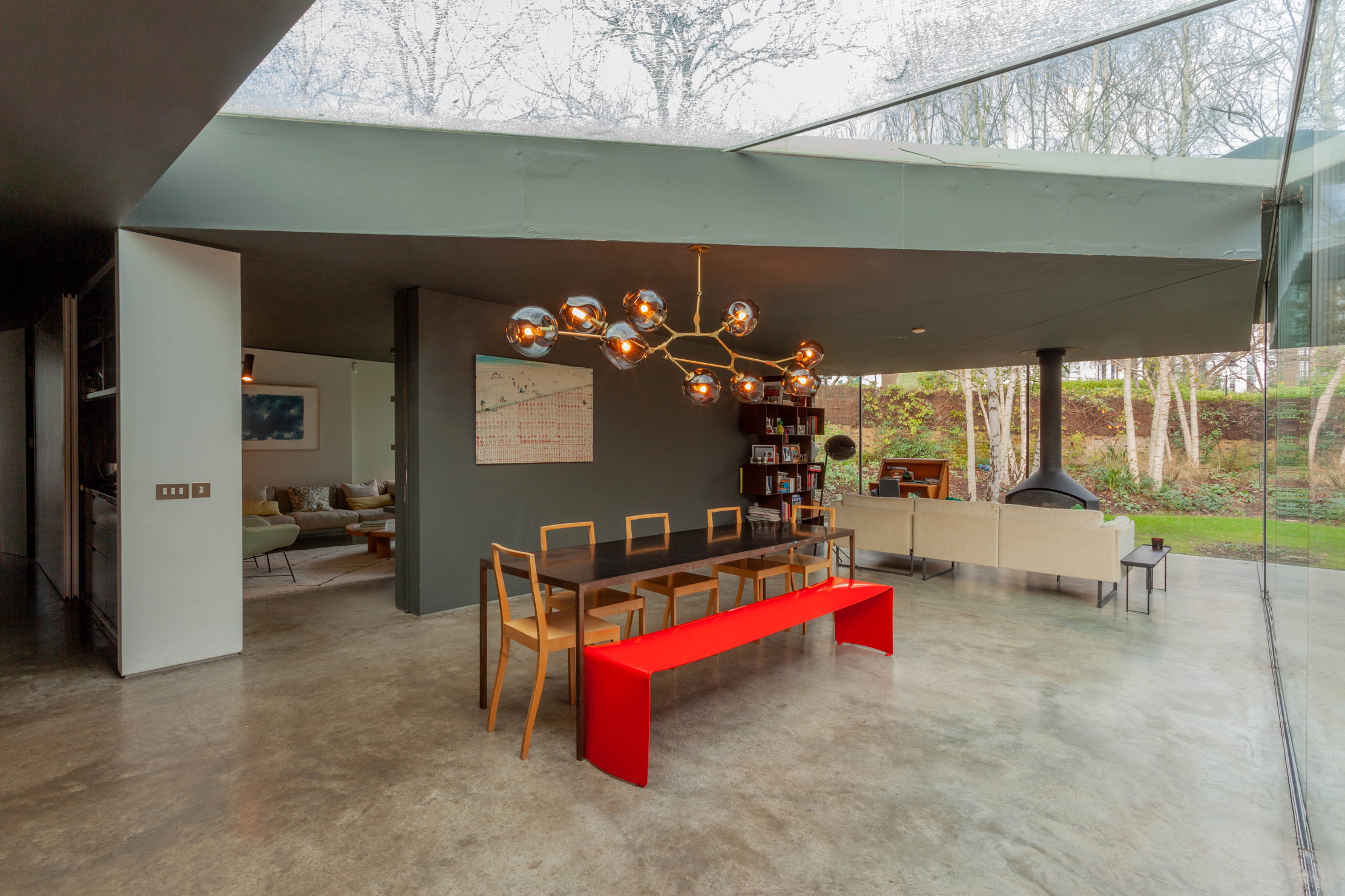 Hidden excellence in a £7.5 million north London home
Hidden excellence in a £7.5 million north London homeBehind the traditional façades of Provost Road, you will find something very special.
By James Fisher Published
-
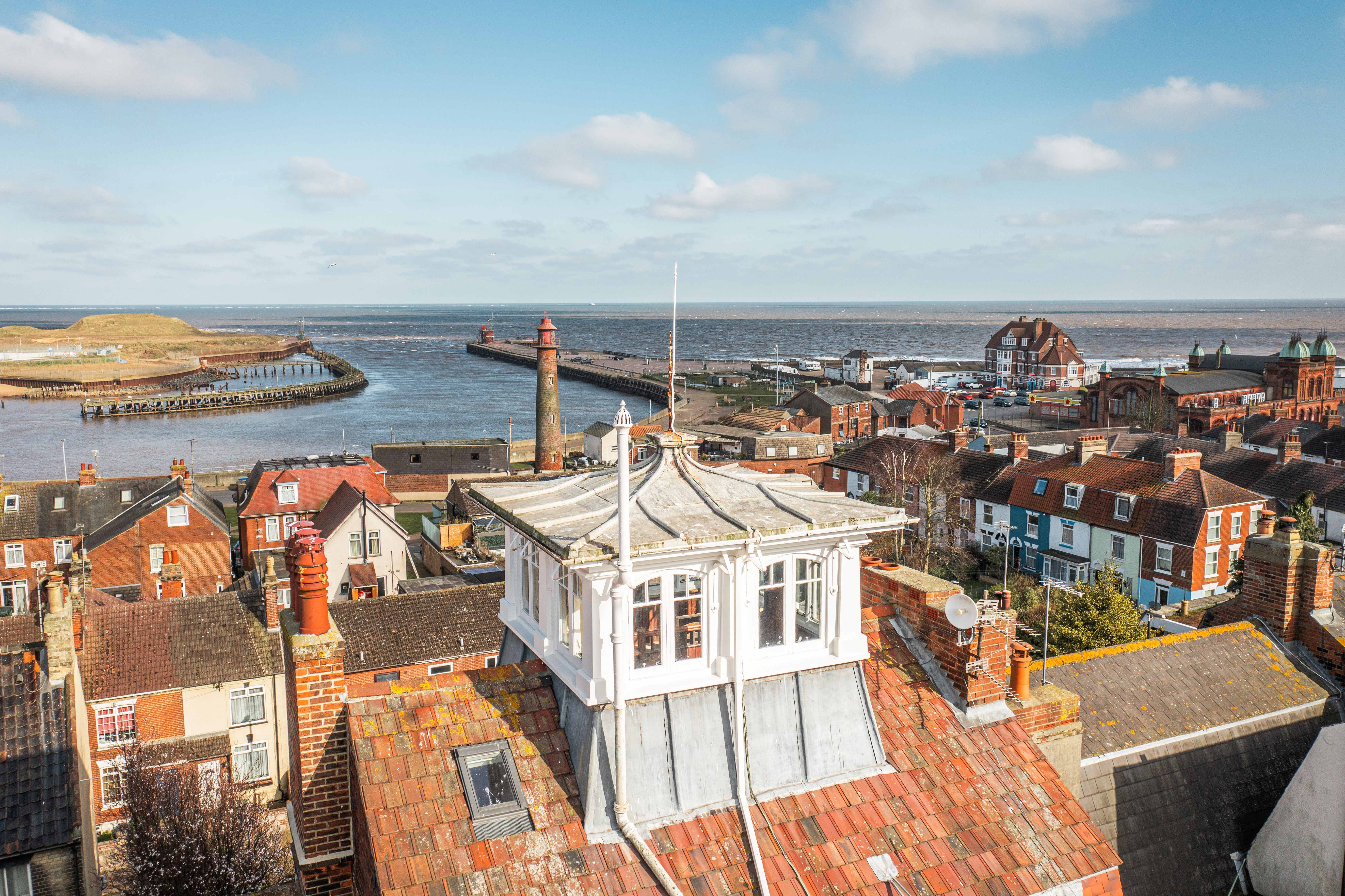 Sip tea and laugh at your neighbours in this seaside Norfolk home with a watchtower
Sip tea and laugh at your neighbours in this seaside Norfolk home with a watchtowerOn Cliff Hill in Gorleston, one home is taller than all the others. It could be yours.
By James Fisher Published
-
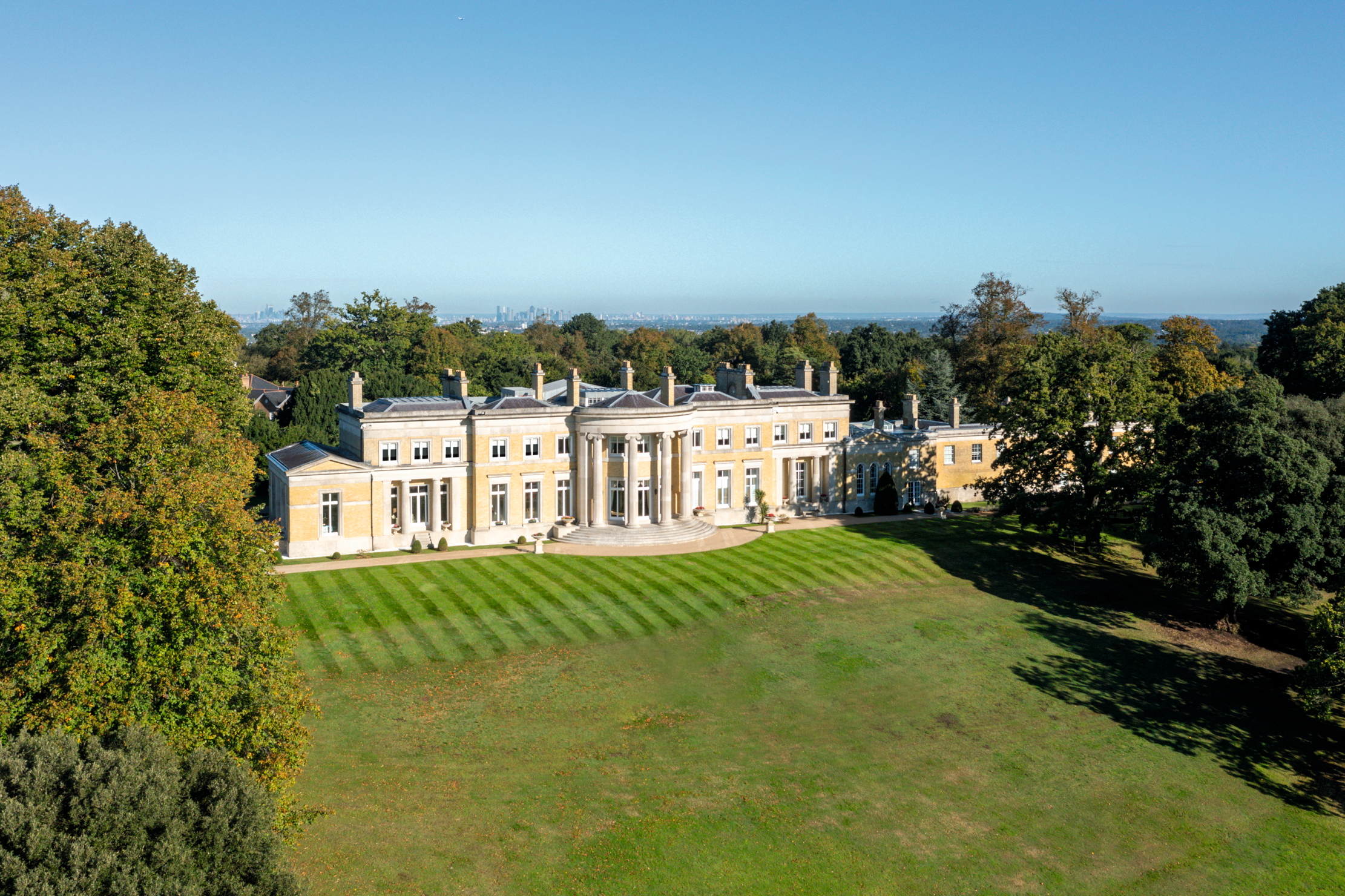 A Grecian masterpiece that might be one of the nation's finest homes comes up for sale in Kent
A Grecian masterpiece that might be one of the nation's finest homes comes up for sale in KentGrade I-listed Holwood House sits in 40 acres of private parkland just 15 miles from central London. It is spectacular.
By Penny Churchill Published
-
 Some of the finest landscapes in the North of England with a 12-bedroom home attached
Some of the finest landscapes in the North of England with a 12-bedroom home attachedUpper House in Derbyshire shows why the Kinder landscape was worth fighting for.
By James Fisher Published
-
 Could Gruber's Antiques from Paddington 2 be your new Notting Hill home?
Could Gruber's Antiques from Paddington 2 be your new Notting Hill home?It was the home of Mr Gruber and his antiques in the film, but in the real world, Alice's Antiques could be yours.
By James Fisher Published
-
 What should 1.5 million new homes look like?
What should 1.5 million new homes look like?The King's recent visit to Nansledan with the Prime Minister gives us a clue as to Labour's plans, but what are the benefits of traditional architecture? And can they solve a housing crisis?
By Lucy Denton Published
-
 Welcome to the modern party barn, where disco balls are 'non-negotiable'
Welcome to the modern party barn, where disco balls are 'non-negotiable'A party barn is the ultimate good-time utopia, devoid of the toil of a home gym or the practicalities of a home office. Modern efforts are a world away from the draughty, hay-bales-and-a-hi-fi set-up of yesteryear.
By Madeleine Silver Published
